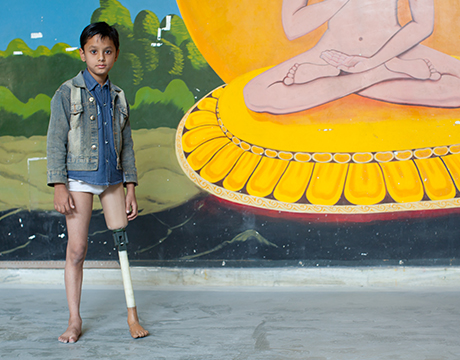Assessing the Impact of Remobility
Assessing the Impact of Remobility


Remobilizing millions of amputees in the developing world is a unique challenge. Many amputees confront significant barriers to accessing functional and affordable prosthetics. Clinics are often far from where amputees live and are cost-prohibitive for poor families to reach. Where individuals are able to access care, the high costs frequently require them to assume debt to pay for it. Even then, medical specialists may not be able to dedicate adequate time or identify a device that sufficiently meet their needs.
Design Revolution (D-Rev), a non-profit product development company, set out to design an affordable, high-quality prosthetic knee to serve the nearly 10 million above-knee amputees in the developing world – only 5-15 percent of whom have access to the care they need. The D-Rev team of engineers assumed the challenge in 2008 as part of a student project at Stanford University.
After surveying available artificial knee products, the students found that the lowest cost knee available was a simple, single-axis device costing about $150. With sponsorship from the India-based prosthetics producer JaipurFoot Organization, their work eventually evolved into the "ReMotion Knee" – an adaptation on a decades' old concept distributed via low-resource clinics at a cost of only $80.
Getting from prototype to the latest iteration required an intensive input and feedback process to ensure it suited all parties in the value-chain. This case study maps D-Rev's approach to collecting the quantitative and qualitative data used inform and improve its design. It also highlights the particular challenges in developing a feedback process that captures both practical and emotional needs of patients.
Read the full case study.
Spring 2014 ?




